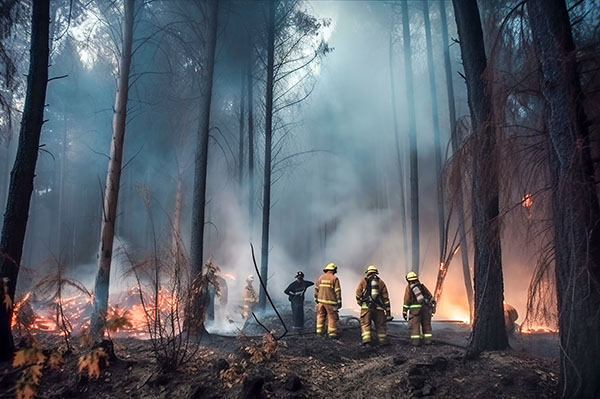
- A new study links maternal exposure to air pollution in late pregnancy to a 30-35% higher risk of NICU admissions for newborns.
- Traffic-related pollutants like NO2 and PM2.5 increase preterm birth, low birth weight, and other complications.
- Risks vary by region and season, with the Midwest and mid-Atlantic most affected by NO2 and the West Coast by PM2.5.
- Globally, 1 in 5 infant deaths in Europe and Central Asia is tied to air pollution.
- Pregnant women in wildfire-prone areas face heightened risks from PM2.5, requiring precautions like N95 masks and air quality monitoring.
A groundbreaking study published in Scientific Reports on January 2 reveals that infants whose mothers were exposed to air pollution during the final month of pregnancy face a significantly higher risk of being admitted to neonatal intensive care units (NICU). The study, which analyzed data from 3.6 million single births in the U.S., found that exposure to nitrogen dioxide (NO2) and fine particulate matter (PM2.5) increased NICU admissions by 30-35% and 11-22%, respectively. These findings highlight the urgent need to address air pollution as a public health crisis, particularly for vulnerable populations like pregnant women and newborns.
The research underscores a troubling reality: even in areas with relatively low to moderate pollution levels, such as the U.S., traffic-related pollutants near the end of pregnancy can have severe consequences for newborns. “Despite the relatively low-moderate U.S. exposure levels, traffic-related pollutants near the end of pregnancy appear to increase overall adverse health risks for newborns, underscoring the need to reduce prenatal exposure to ambient pollutants,” the researchers stated.
Health risks of air pollution for mothers and babies
Air pollution, particularly NO2 and PM2.5, is a byproduct of vehicle emissions, power plants, and industrial activities. These pollutants are not just environmental hazards—they are silent threats to maternal and infant health. Short- and long-term exposure during pregnancy can lead to preterm birth, low birth weight, and complications such as gestational diabetes, preeclampsia, and birth defects. These conditions often necessitate NICU care, which can be emotionally and financially taxing for families.
The study also found that the risks varied by region and season. For example, the Midwest and mid-Atlantic regions had the highest NICU admission risks due to NO2 exposure, while the West Coast and Southeast faced year-round risks from PM2.5. Summer months saw higher risks nationwide, while winter risks were concentrated in the Northeast.
A global crisis
The dangers of air pollution extend far beyond the U.S. A September 2024 UNICEF report revealed that 1 in 5 infant deaths in Europe and Central Asia is linked to air pollution. In 2021 alone, more than 5,480 infants in these regions died from pollution-related causes.
“Illness and deaths caused by air pollution are preventable,” said Maria Osbeck, UNICEF’s Regional Adviser for Sustainability and Climate. “Policy choices—including those that reduce pollutants and improve air quality where children live, play, and learn—can save lives and prevent a drain on public services due to poor health from childhood to adulthood.”
The report emphasized that babies and young children are especially vulnerable to the harmful effects of air pollution, which can impair lung development, increase the risk of respiratory infections, and even hinder cognitive development.
Important finding for pregnant women in California
For pregnant women in California and other wildfire-prone areas, the risks are even more immediate. Wildfires produce hazardous PM2.5 particles that can travel deep into the lungs and bloodstream, posing serious health risks. Kent Pinkerton, director of the UC Davis Center for Health and Environment, warned that wildfire smoke can lead to acute symptoms like coughing, wheezing, and rapid heartbeat, as well as long-term health problems such as preterm birth and cognitive issues.
To protect themselves, pregnant women in smoky conditions are advised to wear N95 respirators, limit outdoor activities, and monitor air quality.
The findings of these studies are a stark reminder of the pervasive threat air pollution poses to maternal and infant health. Addressing this issue requires urgent action at both the individual and policy levels. Improving air quality monitoring and protecting vulnerable populations must become top priorities. For expectant mothers, staying informed and taking precautions can make a critical difference in safeguarding their health and the well-being of their newborns.
Sources for this article include:
Please contact us for more information.



















